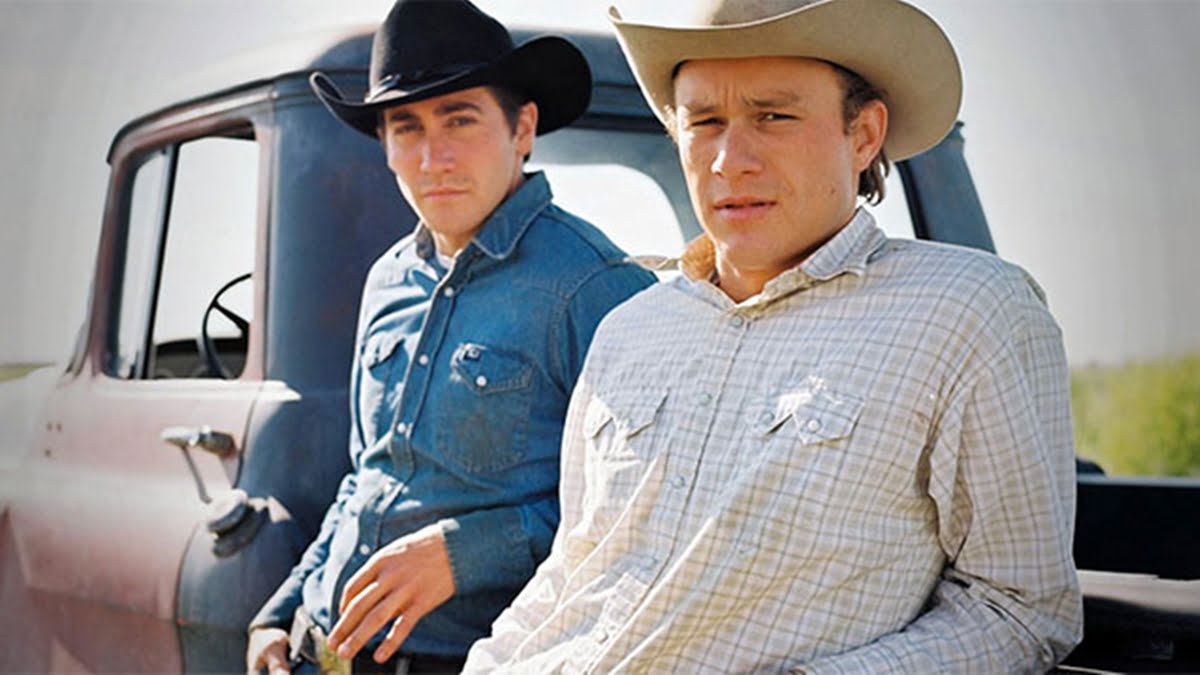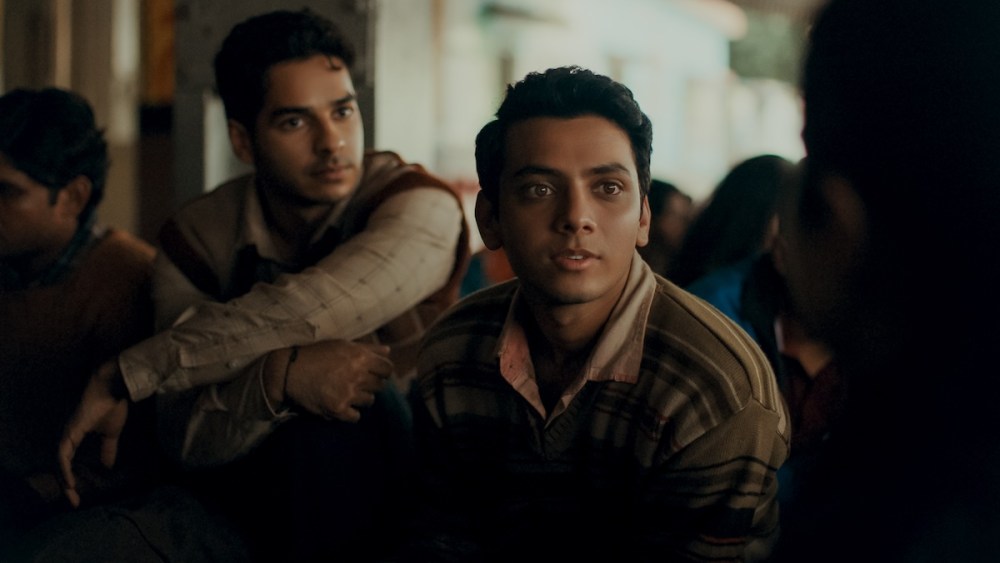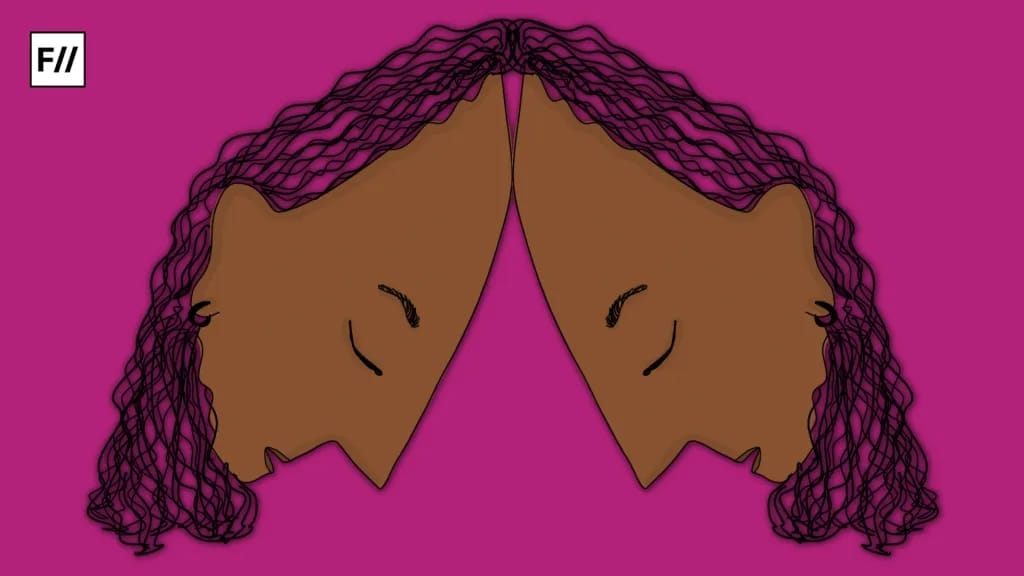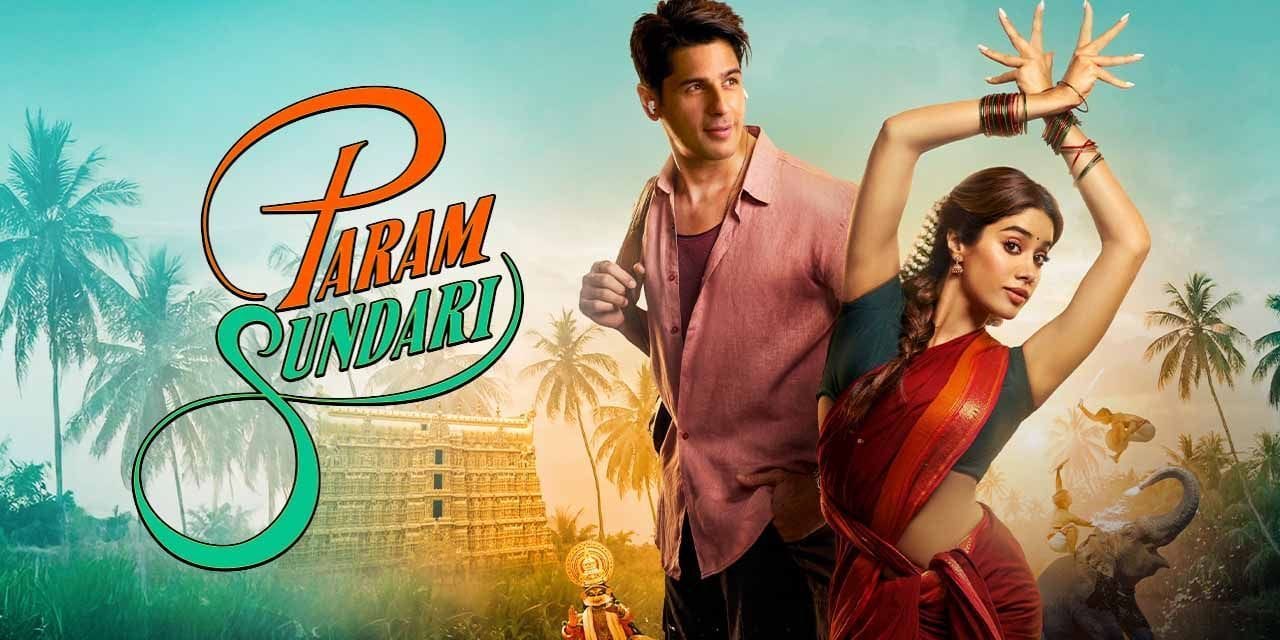Brokeback Mountain, 2006, by Ang Lee starring Heath Ledger and Jake Gyllenhall, based on the short story by Annie Proulx with the same name, has often been described as “a gay cowboy love story” due to its setting in the American Westland of Wyoming and Texas. Though its premise as a simple “gay cowboy movie” has been debated extensively, it is interesting to study its placement in the genre of the West.
The reviews of Brokeback Mountain, though accrediting the film to be a great watch, largely lack an adequate vocabulary for queer identities. Roger Ebert in his analysis of Brokeback Mountain points out the way in which many reviews described the film as a “gay cowboy movie,” not focusing on elements like homophobia, Brokeback Mountain as a challenge to heteronormative ideologies, and the complexity of such relationships. A few articles and essays on Brokeback Mountain even compared it to Romeo & Juliet, writing that the only difference was it was “Romeo & Romeo”, some others compared it with the clichés of the Western genre. Roger Ebert directs the readers towards the universality of the film writing, “Brokeback Mountain has been described as “a gay cowboy movie,” which is a cruel simplification. It is the story of a time and place where two men are forced to deny the only great passion either one will ever feel. Their tragedy is universal. It could be about two women or lovers from different religious or ethnic groups—any “forbidden” love.”
The reviews of Brokeback Mountain, though accrediting the film to be a great watch, largely lack an adequate vocabulary for queer identities. Roger Ebert in his analysis of Brokeback Mountain points out the way in which many reviews described the film as a “gay cowboy movie,” not focusing on elements like homophobia, Brokeback Mountain as a challenge to heteronormative ideologies, and the complexity of such relationships.
Also read: How Has Bollywood Dealt With Men Loving Men?
But Ebert falls in the same trap, describing Brokeback Mountain as a story of “any forbidden love”. He does not address the ways in which, and in fact further adds on to, how a homophobic, uber-masculine, discriminatory society functions. He notices that the end of “any forbidden love” is tragic but disregards the different forms of repression employed by a heteronormative society in the love story in Brokeback Mountain. Uber-masculine cowboy ranches in this case.
The genre of uber-masculinity is often associated with guns, hyper-masculinity, violent men, and objectified and cornered women. While violent fight sequences involving the protagonist tracing the western landscape and men’s admiration for each other’s guns is a typical mark of the uber-masculinity genre, some critics, on the other hand, have commented upon the homoerotic undercurrent that the genre has created for long. Judith Halberstam in her essay, “Not So Lonesome Cowboys: The Queer Western” gives a different reading to the Western genre of uber-masculinity. She talks about the way in which women in the genre are often reduced to objects that disappear for the most part of the film because they do not fit in riding horses, running after the “bad men” of the land, covering ranges et al. Thus, these men often find solace in each other, which extends the idea of brotherhood to homoeroticism. Halberstam writes, “Western often has very little time for women and so his regular use of his gun stands in for the irregular use of his penis.” (Handley 191) Halberstam further draws attention to the way in which these men often stare at each other’s crotches in lieu of admiring each other’s guns.
While Brokeback Mountain was criticised by critics such as Robert Knight as “a mockery of the Western genre embodied by every movie cowboy from John Wayne to Gene Autry to Kevin Costner,” the film in some ways follow the conventional Western genre as it is a genre where heroes do not return home, can never be tamed and sacrifice themselves for the betterment of others, relating to the Christian idea of sacrifice for humankind.
Also read: Loev: The Indie Gay Romance Film That Everyone’s Talking About
While Brokeback Mountain was criticised by critics such as Robert Knight as “a mockery of the Western genre embodied by every movie cowboy from John Wayne to Gene Autry to Kevin Costner,” the film in some ways follow the conventional Western genre as it is a genre where heroes do not return home, can never be tamed and sacrifice themselves for the betterment of others, relating to the Christian idea of sacrifice for humankind. Jack’s rebellion against the heteronormative society by being who he was and his sacrifice leading to Ennis’ (Heath Ledger) realisation of his love are emblematic of the conventions of the genre in the discussion. William Handley in The Brokeback Book: From Story to Cultural Phenomenon provides an interesting analysis of the way in which a cowboy penetrates a bullet in another, a scene of violence and compares it with Ennis penetrating his penis in Jack (Jack Gyllenhaal), another violent sexual act. Therefore, in psychoanalysis, penis, and guns, both phallocentric and hyper-masculine symbols, become interchangeable, with Jack gasping “Guns goin’ off” during his sexual encounter with Ennis. Though it follows some conventions, a larger way in which Ang Lee dissociates his film from the genre is by not contextualising it in the struggle for land between the whites and the Red Indian tribes, highlighting the issue of race. Ang Lee rather focuses on an issue that has always been present in undertones in this genre, homosexuality, not giving space to the typical themes of race and land struggle.
Purusharth is a literature student at University of Delhi. He is interested in Postmodern literature and is an avid cricket fan. He can be found on Instagram and Facebook.
Featured Image Source: Think.cz




